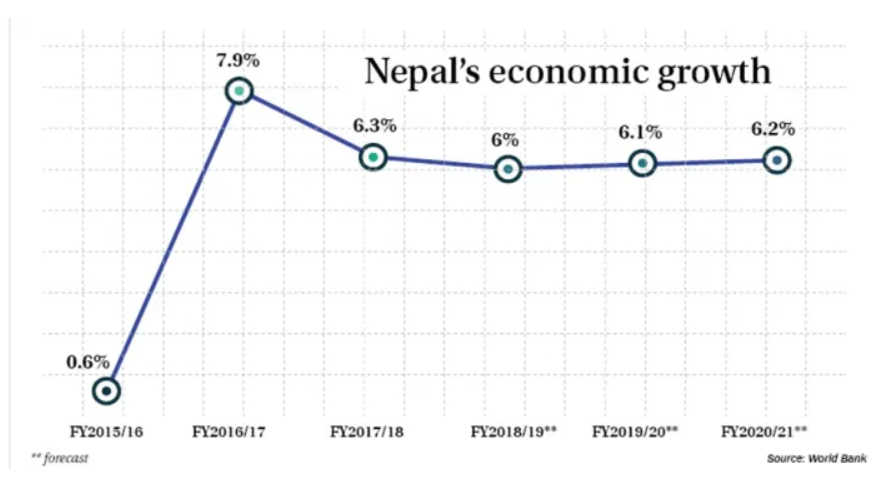What is Elaboration ? (Including a detailed example and tips for solving elaboration Questions) – “भाषा प्रवीणता परीक्षा विशेष”

Elaboration is a cognitive and communication process that involves providing more extensive and detailed information to explain, clarify, or expand upon a particular topic, idea, statement, or concept. It is a way of adding depth, context, and richness to the information being conveyed. Elaboration is used to enhance understanding, provide additional context, and make ideas more comprehensive.
In various contexts, elaboration can take several forms:
- Explanations: Elaboration often involves explaining the “how” and “why” of a concept or idea, breaking it down into its components and providing a step-by-step description.
- Examples: Providing examples is a common form of elaboration. It involves offering specific instances or scenarios to illustrate and clarify a general concept or idea.
- Analogies: Analogies draw comparisons between two different concepts to make a complex or unfamiliar idea more relatable. They are a form of elaboration that helps people understand by likening one thing to another.
- Details: Elaboration can include adding specific details, statistics, or facts to support or enhance an argument or explanation.
- Background Information: Providing background information or historical context is a way to elaborate on a subject, giving the audience a better understanding of its origins and development.
- Evidence and Support: In persuasive or argumentative contexts, elaboration often involves presenting evidence, examples, or data to support a claim or point of view.
- Comparisons and Contrasts: Elaboration can include comparing and contrasting two or more concepts, highlighting similarities and differences to deepen understanding.
- Visual Aids: In presentations or written documents, visual aids like charts, graphs, and diagrams are used to elaborate on data and complex information.
Elaboration is a valuable communication and learning tool. It helps convey information more effectively and ensures that the audience or reader gains a deeper and more nuanced understanding of the subject matter. In academic writing, teaching, public speaking, and many other forms of communication, effective elaboration is often the key to conveying complex ideas and concepts in a clear and comprehensive manner.
Here’s a detailed example of elaboration using the concept of “climate change mitigation”:
Statement: “Climate change mitigation involves a range of strategies and actions aimed at reducing the emission of greenhouse gases into the Earth’s atmosphere.”
Elaboration:
Climate change mitigation is a multifaceted approach to addressing the global challenge of climate change. It encompasses a variety of strategies and actions that, when implemented collectively, aim to reduce the emission of greenhouse gases into the Earth’s atmosphere. These gases, such as carbon dioxide (CO2), methane (CH4), and nitrous oxide (N2O), are major contributors to the greenhouse effect, which leads to global warming and its associated consequences, including rising temperatures, sea-level rise, and extreme weather events.
One crucial aspect of climate change mitigation involves transitioning from fossil fuels, which are the primary source of carbon emissions, to cleaner and more sustainable energy sources. This transition includes adopting renewable energy technologies like solar, wind, and hydropower, which produce electricity with minimal or zero greenhouse gas emissions. Additionally, enhancing energy efficiency in industries, transportation, and buildings is a fundamental component of mitigation efforts. This means using energy more efficiently to reduce energy consumption and, by extension, emissions.
Another key strategy in climate change mitigation is reforestation and afforestation. These activities involve planting and restoring forests, which serve as carbon sinks, absorbing CO2 from the atmosphere. Forests also help maintain biodiversity, regulate local and regional climates, and reduce the risk of natural disasters like floods and landslides.
Mitigation efforts extend beyond the energy sector and afforestation. They include changes in land use and agriculture practices to reduce emissions, transitioning to sustainable transportation options, such as electric vehicles and public transit, and implementing policies and regulations to limit emissions from industries and sectors that are harder to decarbonize.
Furthermore, international cooperation and agreements, such as the Paris Agreement, are central to successful climate change mitigation. These agreements set global targets and commitments to limit global temperature rise and coordinate efforts among nations to reduce emissions.
In summary, climate change mitigation is a comprehensive and dynamic approach to reducing greenhouse gas emissions and curbing the impact of climate change. It encompasses diverse strategies, such as transitioning to cleaner energy sources, enhancing energy efficiency, reforestation, and sustainable land use practices, as well as international collaboration. The collective aim is to mitigate the effects of climate change and work towards a more sustainable and resilient future for the planet and its inhabitants.
Elaboration problems in language proficiency tests often require you to provide detailed and expanded responses to a given prompt or question. Here are some tips to help you tackle these types of questions effectively:
- Understand the Prompt: Carefully read and understand the prompt or question. What is it asking you to elaborate on or explain? Make sure you grasp the specific task or topic you need to address.
- Plan Your Response: Before you start writing, take a moment to plan your response. Consider the key points you want to include and the structure of your answer. This will help you stay organized and on-topic.
- Use a Clear Structure: Organize your response with a clear structure. Begin with an introductory sentence that briefly states what you will elaborate on. Then, present your elaboration in a logical and organized manner. Finally, provide a concluding sentence to summarize your elaboration.
- Provide Details: Elaboration problems require you to add details, examples, and explanations to your response. Be specific and offer relevant information to support your points. This may include facts, statistics, or personal experiences.
- Use Examples and Analogies: Incorporate examples and analogies to make your elaboration more vivid and relatable. Concrete examples can help your reader or examiner better understand your points.
- Link Sentences and Ideas: Ensure that there is a smooth flow in your response. Use transition words and phrases to connect sentences and ideas, making your response cohesive.
- Stay On-Topic: While adding details is important, make sure you don’t stray off-topic. Stick to the main points and concepts outlined in the prompt.
- Avoid Repetition: Be concise and avoid unnecessary repetition. Repeating the same point without adding value can make your response less effective.
- Proofread Your Work: After writing your response, take a moment to proofread it. Check for grammatical errors, spelling mistakes, and clarity. A well-written response is more likely to be effective.
- Manage Your Time: In a timed test, be mindful of your time management. Allocate sufficient time to plan, write, and review your response. Don’t spend too long on one aspect at the expense of the others.
- Practice Elaboration: Practice is key to improving your elaboration skills. Work on sample elaboration questions or prompts to become more comfortable with the format and style.
- Vary Sentence Structure: Use a variety of sentence structures to make your response more engaging. Mix short and long sentences to create rhythm and maintain the reader’s interest.
- Stick to Word Limit: If there’s a word limit for your response, make sure you stay within it. Exceeding the limit may result in a penalty or reduced points.
- Consider the Audience: Think about the audience or examiner when elaborating. Ensure your response is clear and appropriate for the intended reader.
- Practice Mindful Writing: As you write, be mindful of the content and how you are expressing your ideas. Ensure that every sentence and detail you include serves a purpose in conveying your message.
Elaboration problems in language proficiency tests are an opportunity to demonstrate your ability to provide in-depth, clear, and well-structured responses. With practice and these tips, you can enhance your performance in such tasks.




